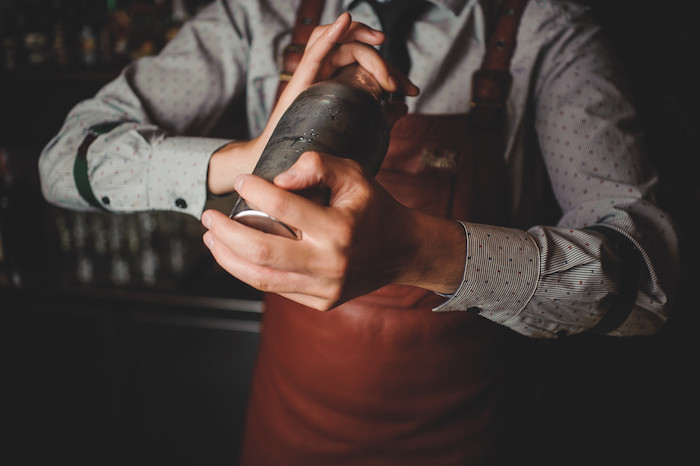
Off the back of the CLASS Report 2025, Hamish Smith looks at what makes a brand do well among's the UK's best bars.
The idea that the UK’s best bars only serve the best-tasting spirits is something our findings in The Class Report challenges. Bar brands can indeed be that – the knock-out spirits from any blind-tasting – but actually our data reveals that bars’ purchasing habits involve more nuanced and numerous criteria.
The brands competing at the apex of our bestselling lists are all-rounders – bartender box tickers, if you will. So, if you want to know the liquids bars love – not just sell – most, look no further than our Bartenders’ Favourites top-five lists. We are mostly talking about different products.
So the bestsellers in the UK’s Best Bars tend not to be luxury spirits and in many cases they’re not ‘craft spirits’ either (if that description even means anything), nor are they too far down the pricing pyramid. To pass muster here, the liquid has to be of a level, with an accessible profile, but price is a big part of the equation. And not just the straight rate – support through retros and fees are big considerations too. Their suitability to the cocktails the bar serves comes into it, the packaging too – funtionality and back bar standout – and in many cases brand recognition.
All this means that the big spirits groups have the best chance of success. In gin, the largest category in the UK’s best bars and certainly one of the most fragmented, you have Pernod Ricard’s Beefeater, Diageo’s Tanqueray and Bacardi’s Bombay (mostly Sapphire) fighting it out and occupying about a third of the market. In rum, it’s Bacardi itself that dominates with 16% share alone – twice the volumes of its nearest competitor, Havana Club of Pernod Ricard. In vodka, almost half the UK’s best bars market is controlled by three brands: Bacardi’s Grey Goose, Pernod Ricard's Absolut and Diageo’s Ketel One. In scotch, our survey suggests Diageo’s Johnnie Walker is about 17% of volumes, while LVMH’s Hennessy is 20% of brandy sales in this end of the bar channel. In mezcal, almost a quarter of the market is Pernod Ricard's Del Maguey.
Yet, the big three groups don’t have it all their own way. Brands from what you might describe as medium-sized groups have found their successes on contract pour, particularly when the brand is a priority here in the UK. Speciality Brands has done a fine job propelling Tapatío to tequila dominance in the UK (we make it a 19% share of the UK’s best bars), while Buffalo Trace of Sazerac UK has a starring role in American whiskey (we estimate around a 16% share). Campari, albeit in the very fractional category of liqueurs, is category king too.
And outside of the big battle grounds, it’s possible for smaller brands to make a mark in other categories. In mixers, Fever-Tree is independently owned and is the number one brand according to our poll. Meanwhile, in non-alcs Everleaf is a small brand which has come to dominate. We estimate its share of the UK’s best bars to be at 29%. It’s a small category, granted, but Everleaf has the biggest slice of category pie anywhere in The Class Report.
There are also successes for smaller brands which have made it to our bestselling lists, fighting it out for meaningful volumes outside of house pours, and the liquids that top our Bartenders’ Favourites lists have love, if not yet the numbers.
The UK’s best bars is no easy market to dominate, but it’s also no closed shop. One thing’s for sure, to be a bar brand, you must appeal to the bar’s many criteria. You must speak bartender.


